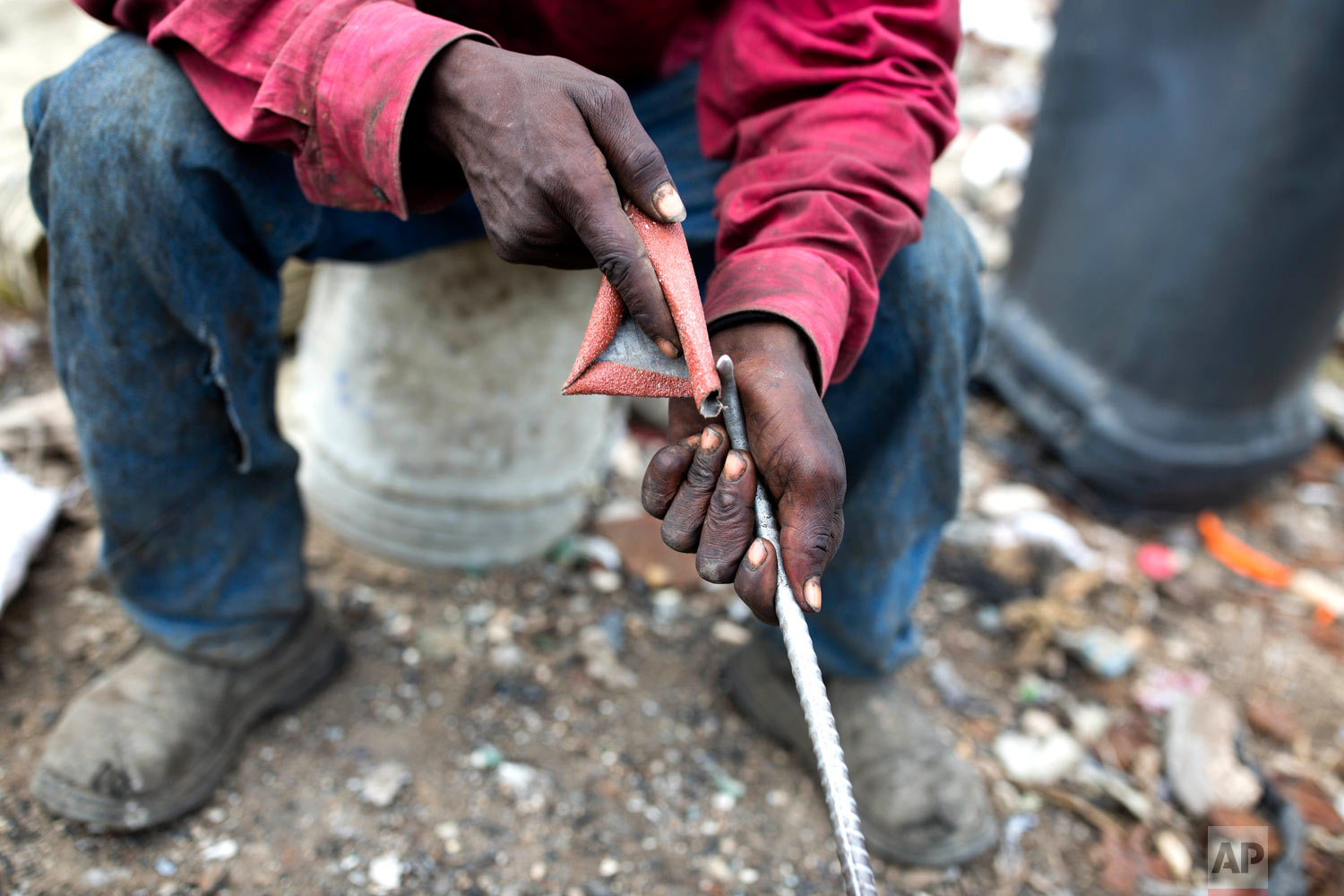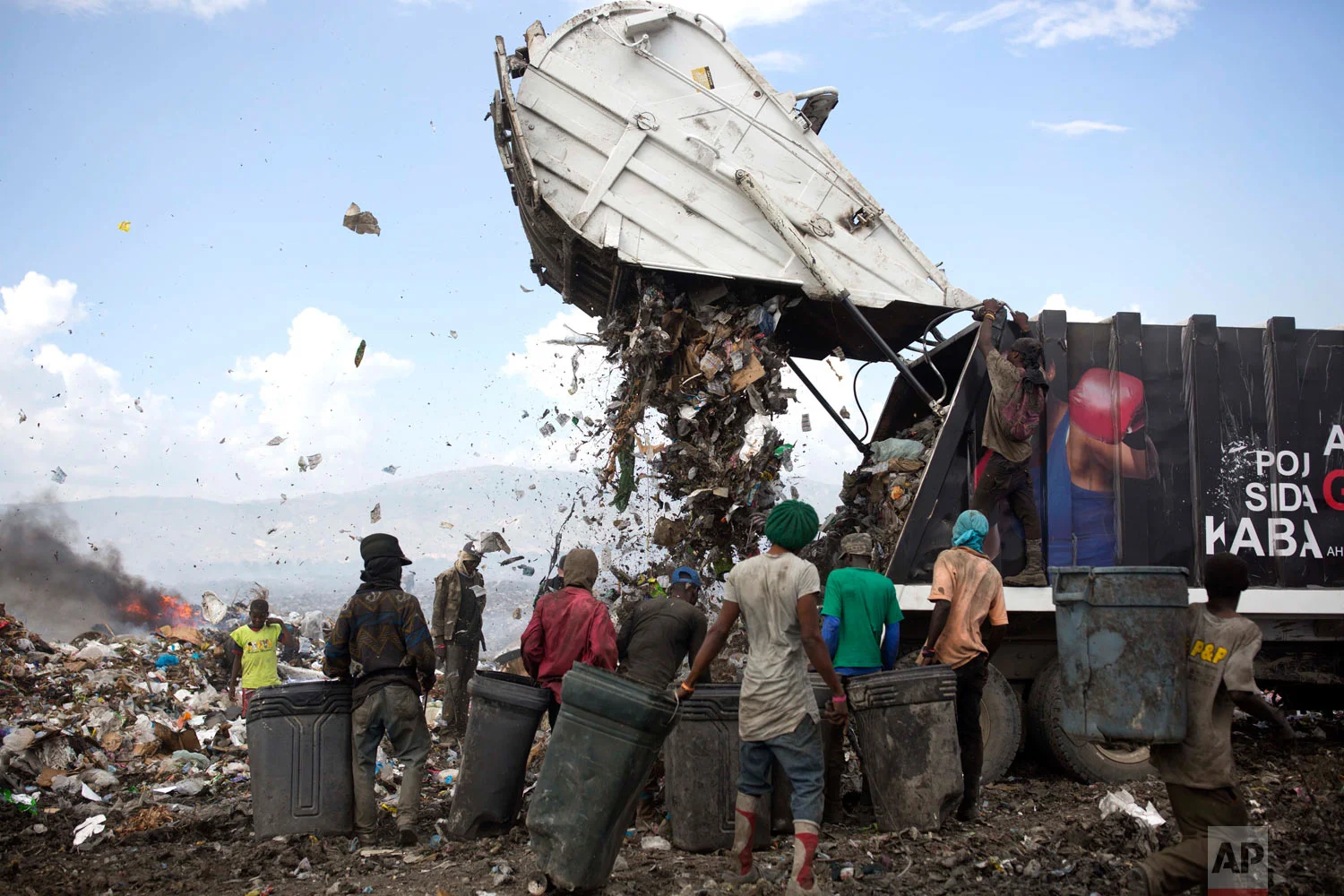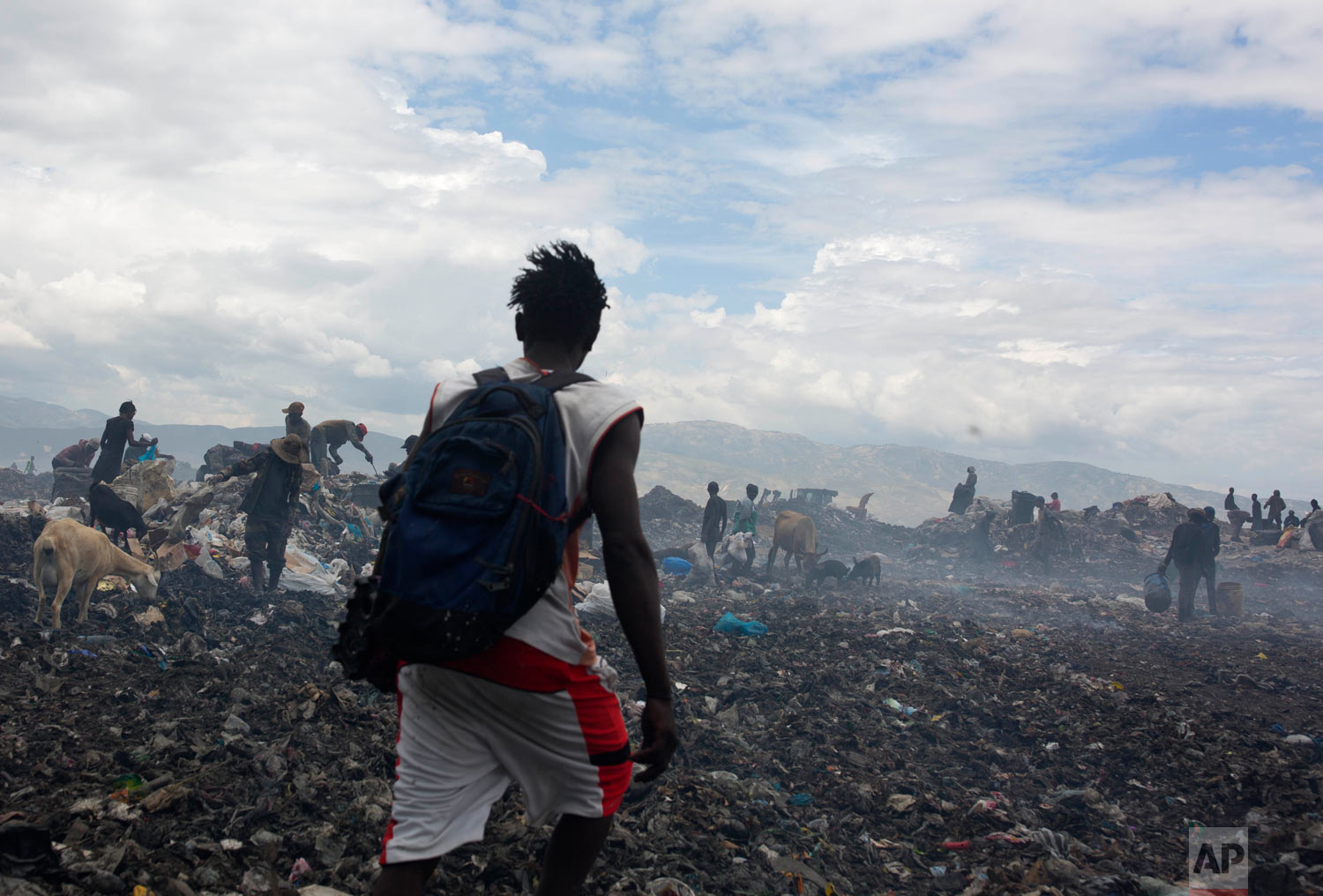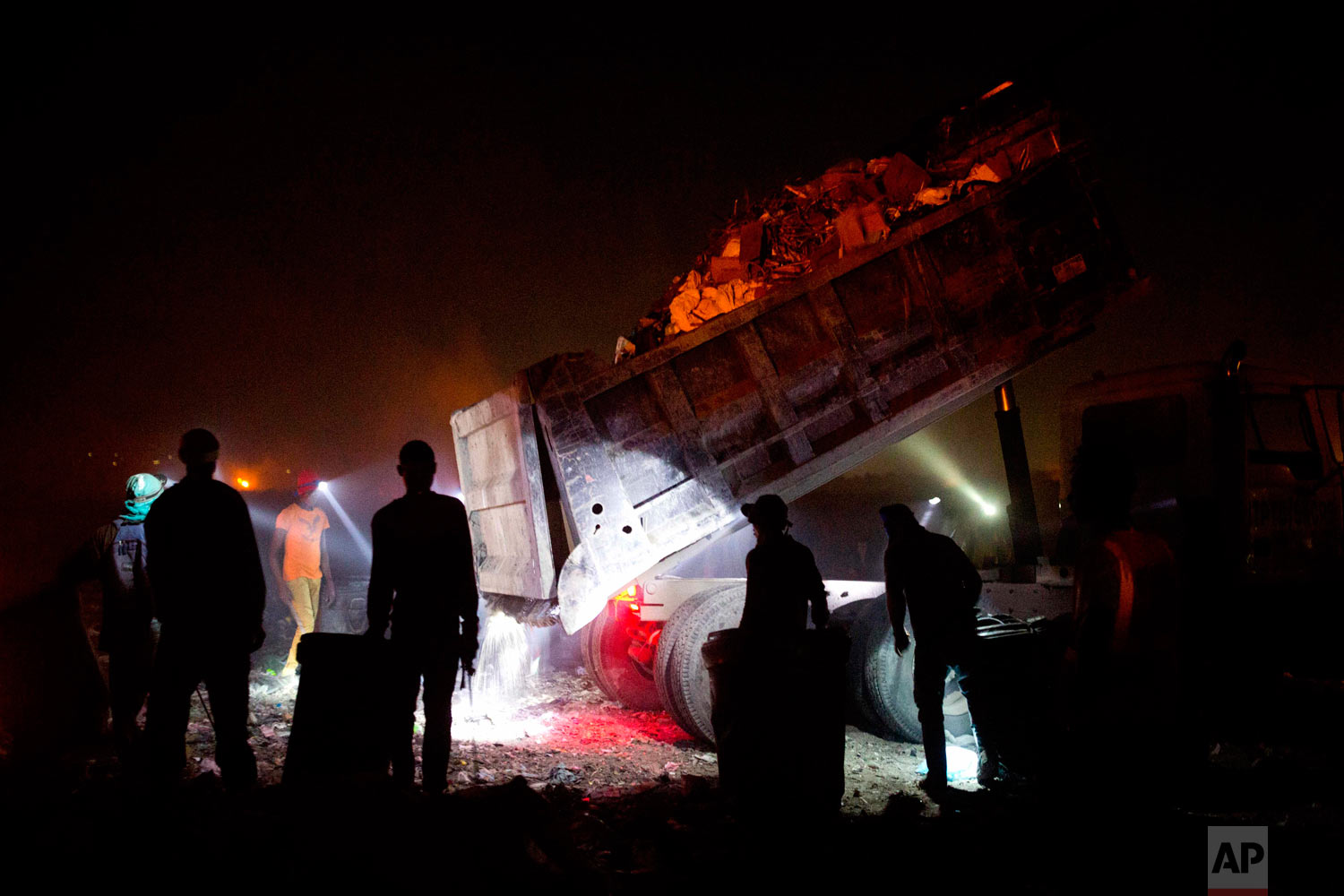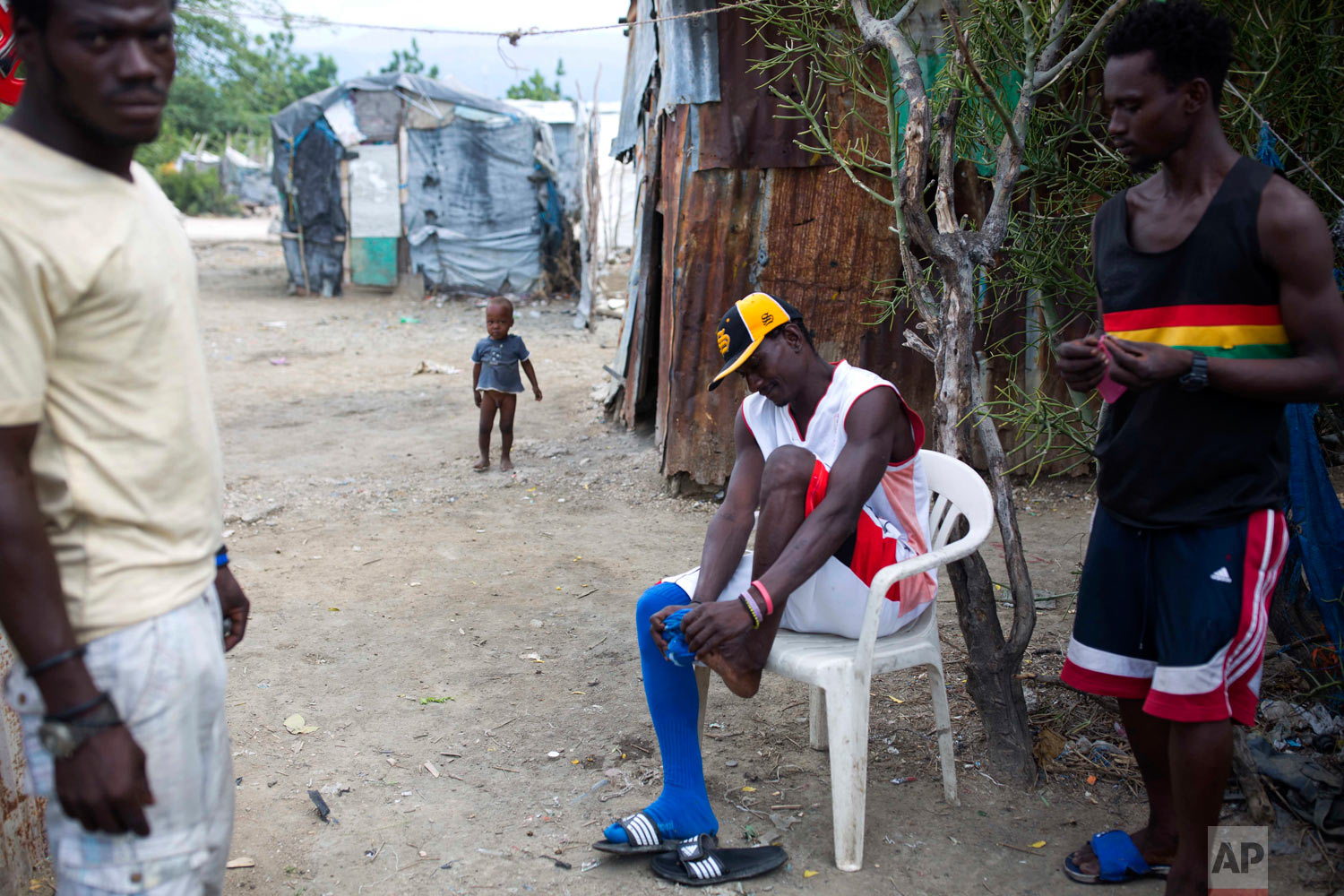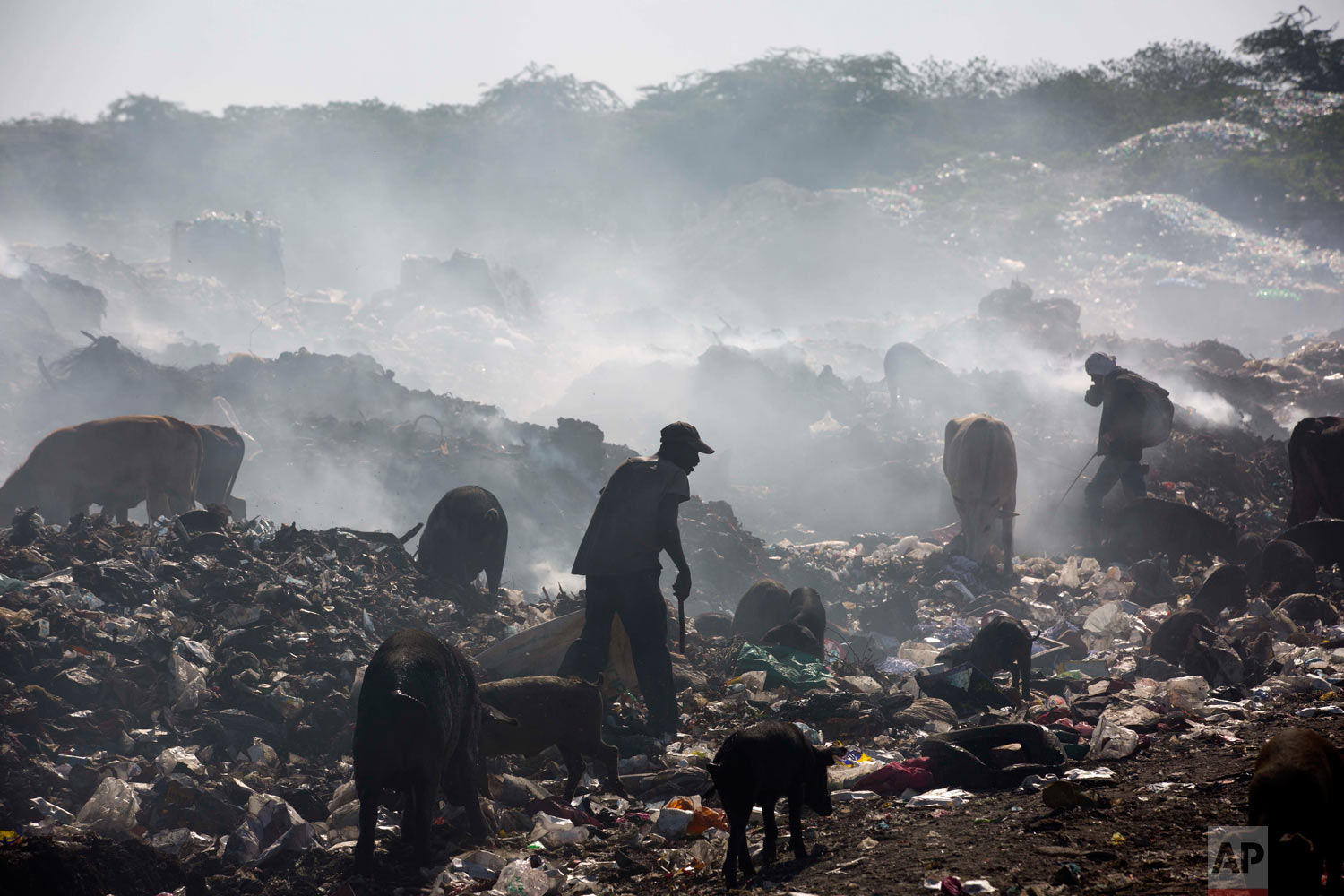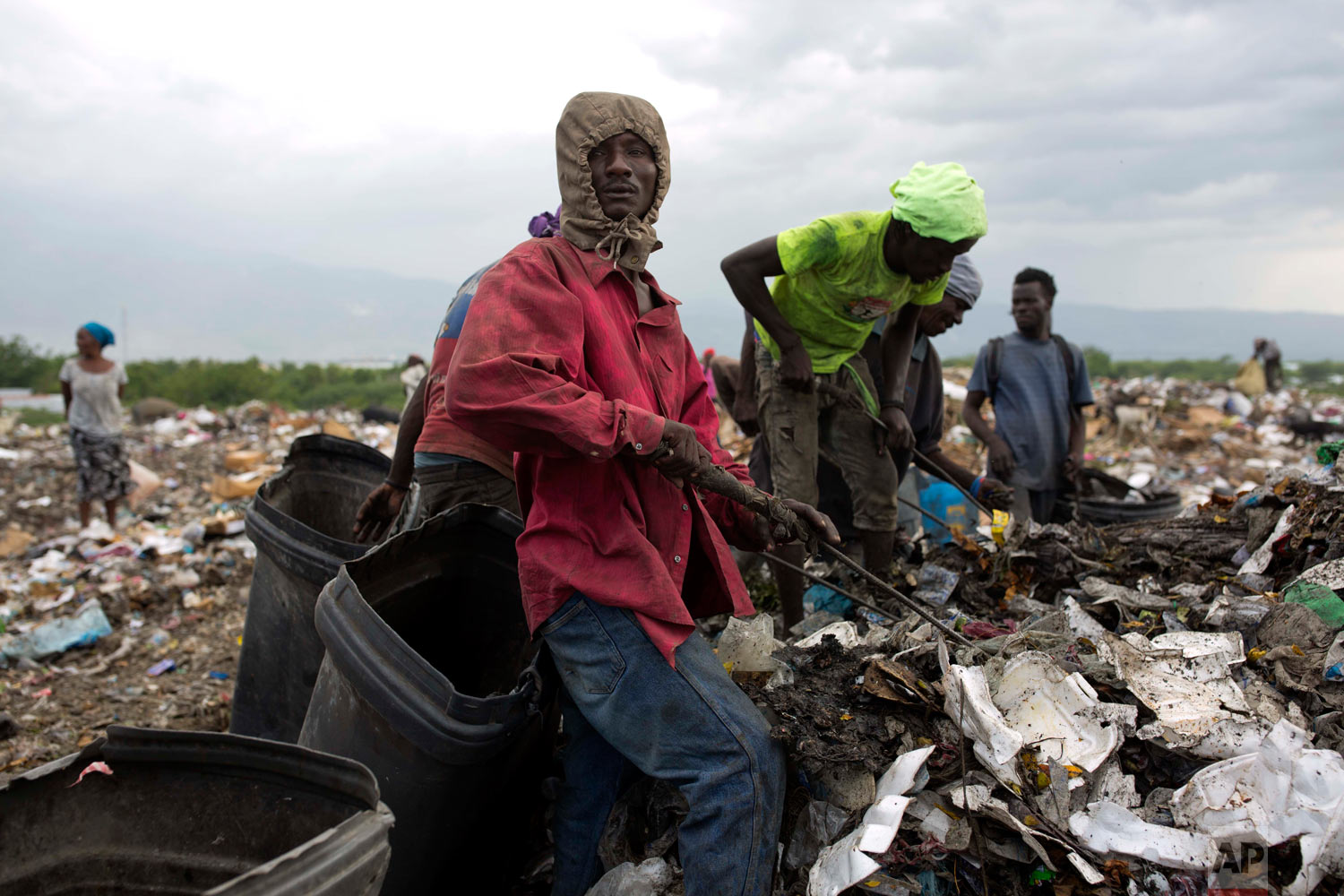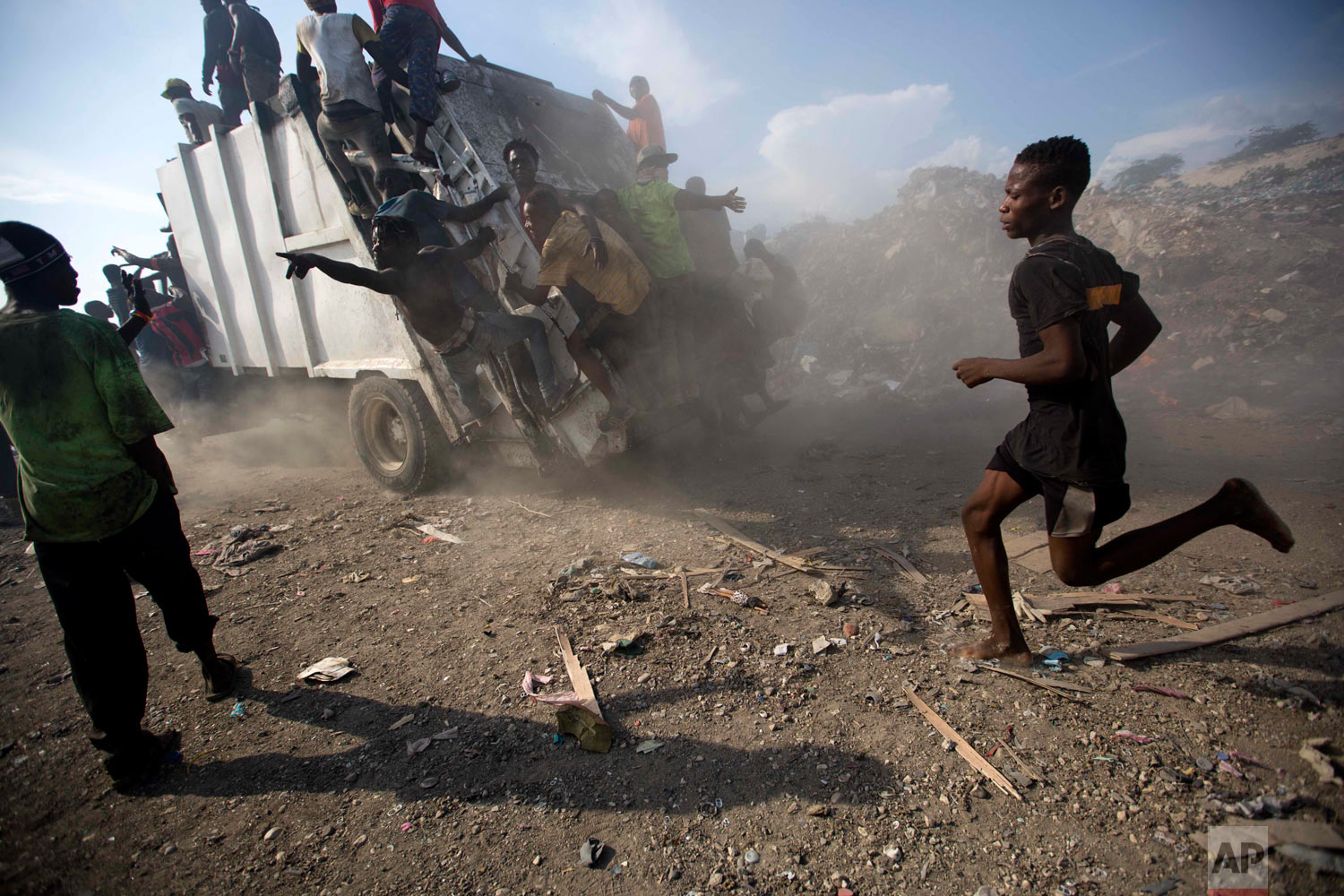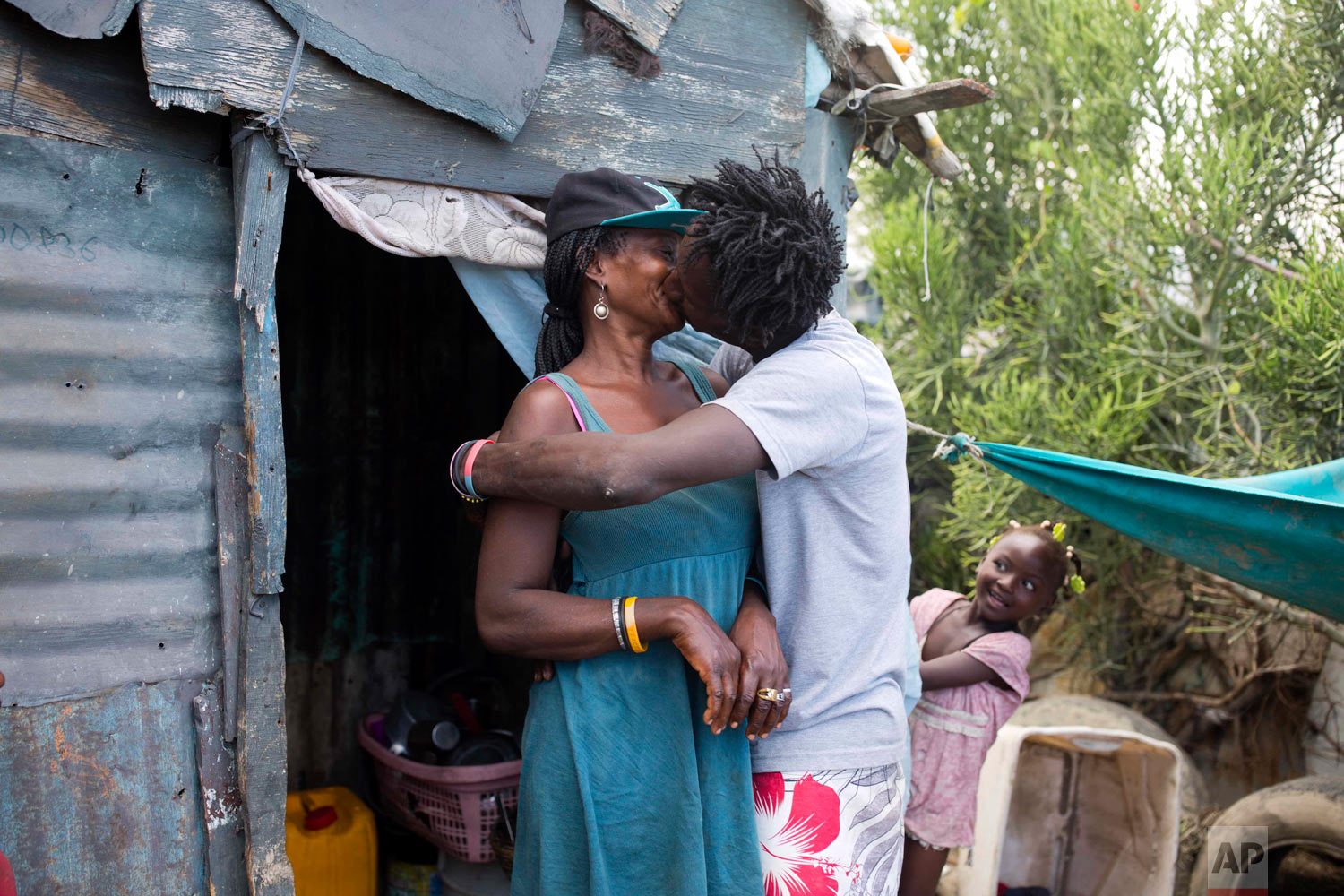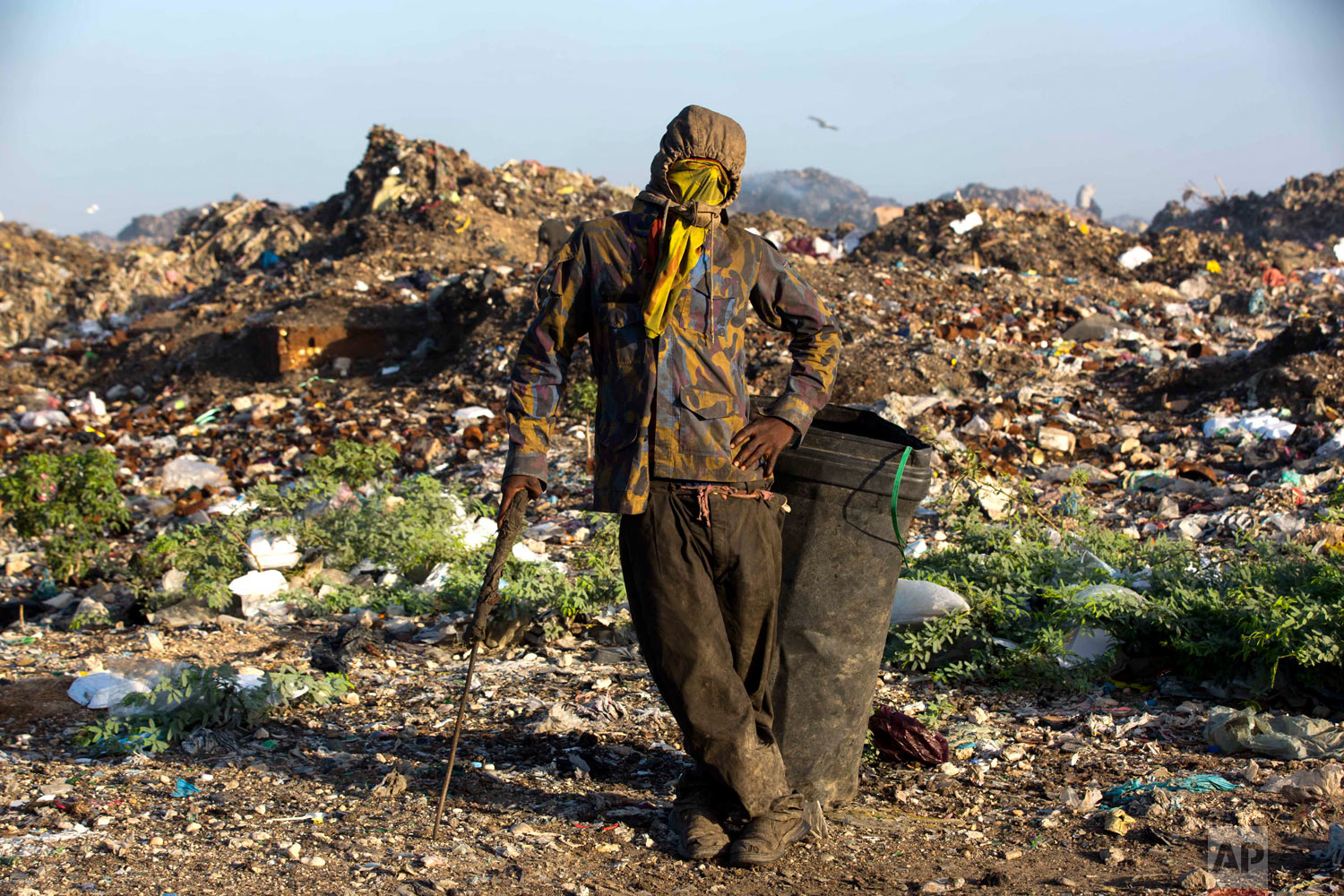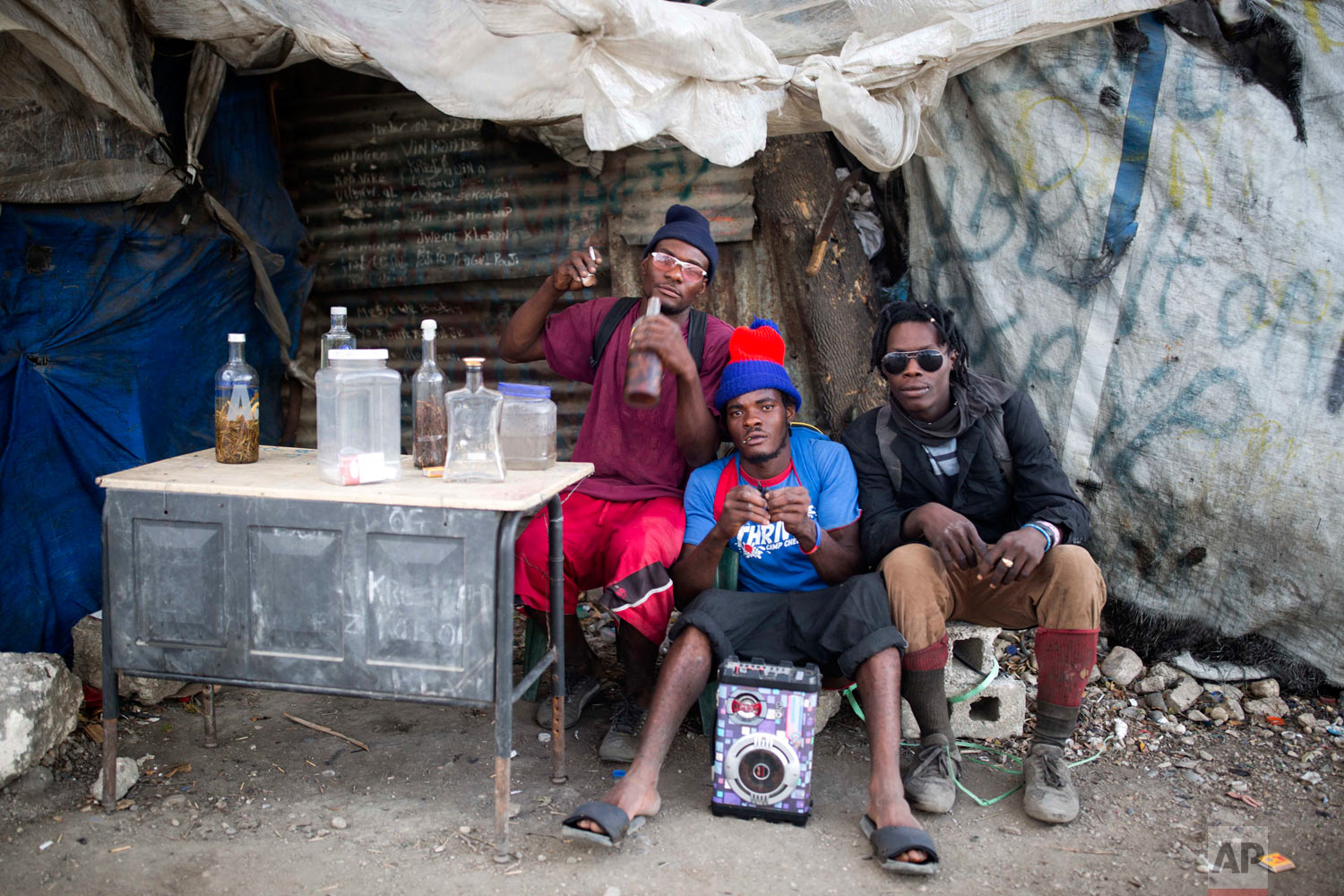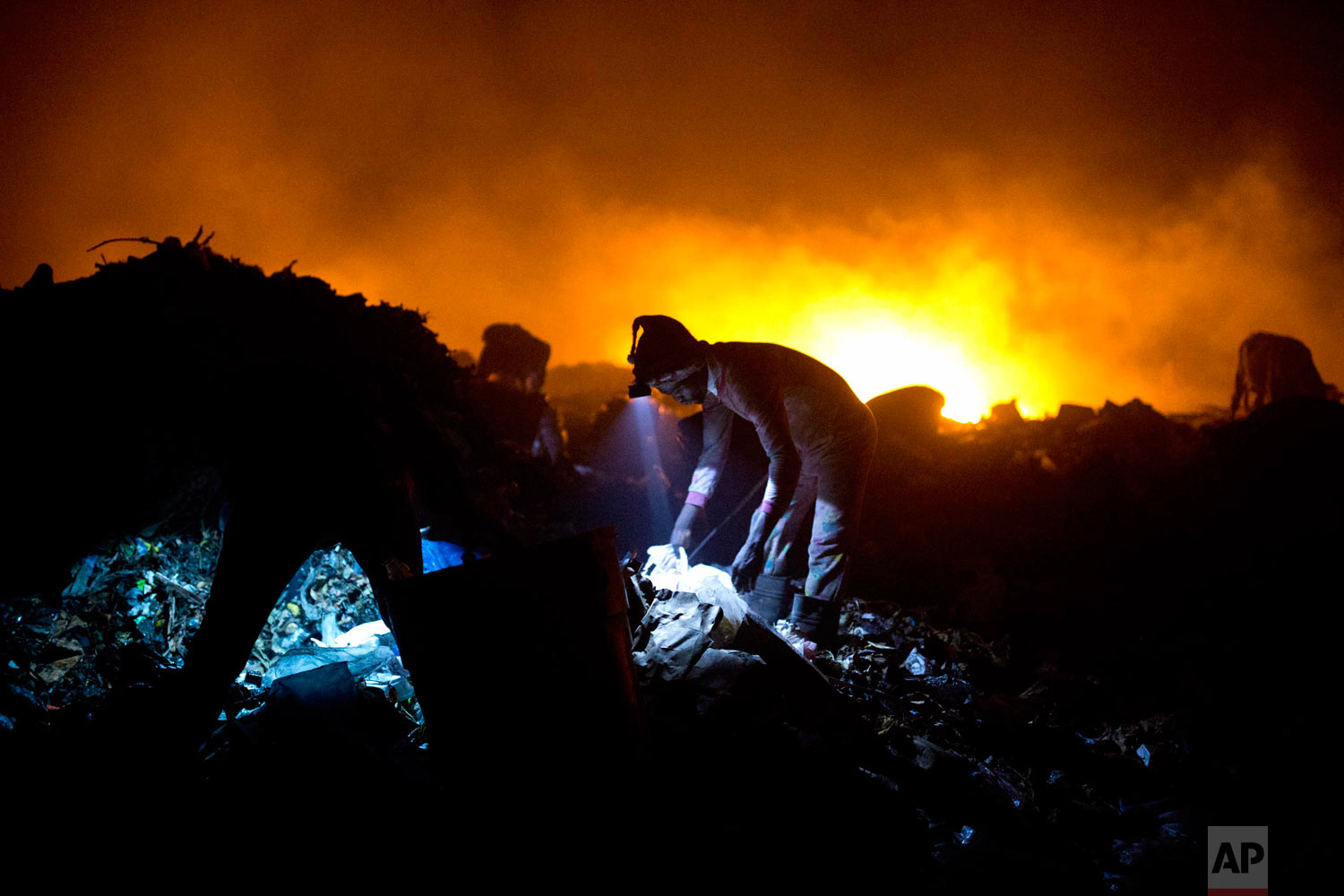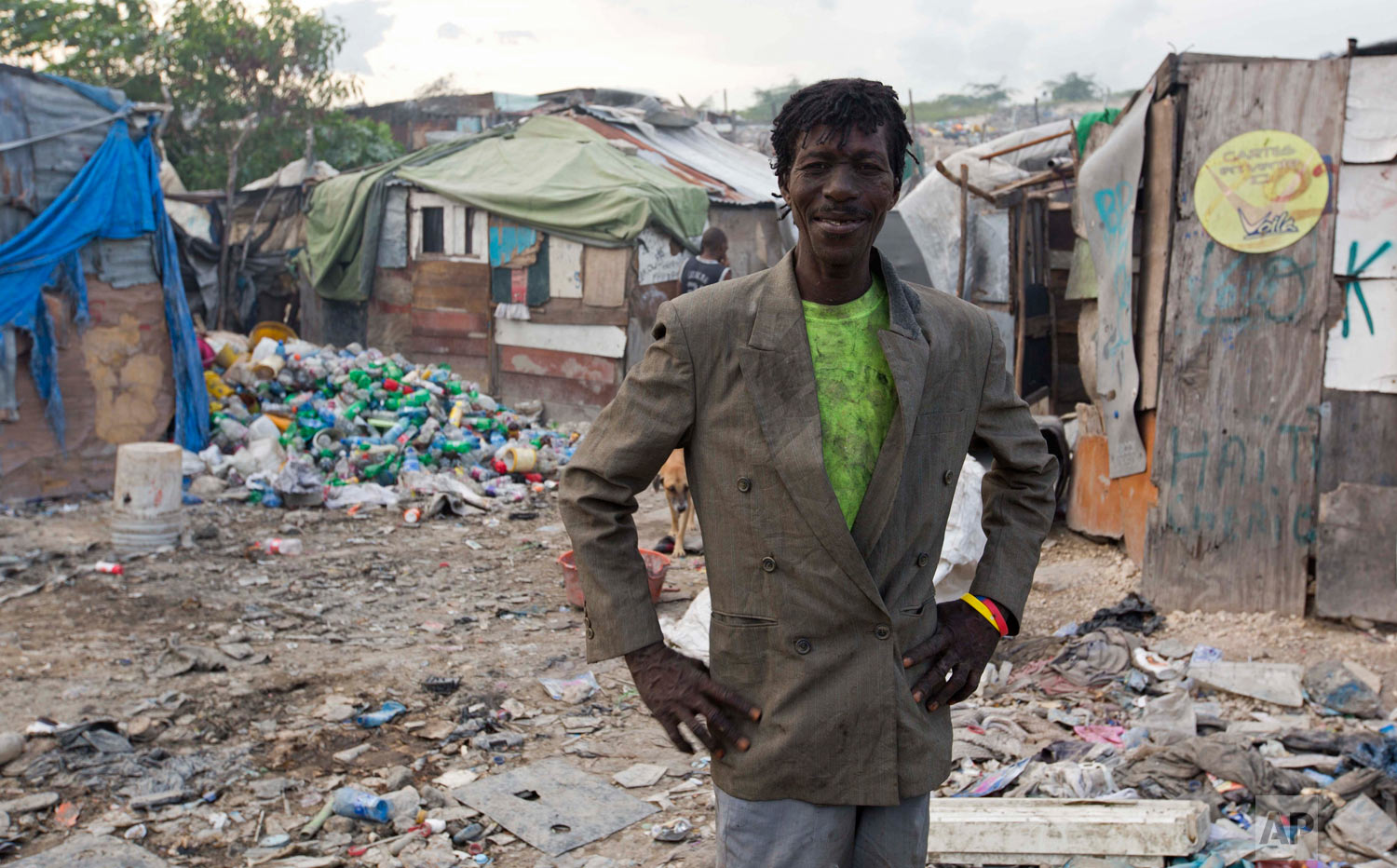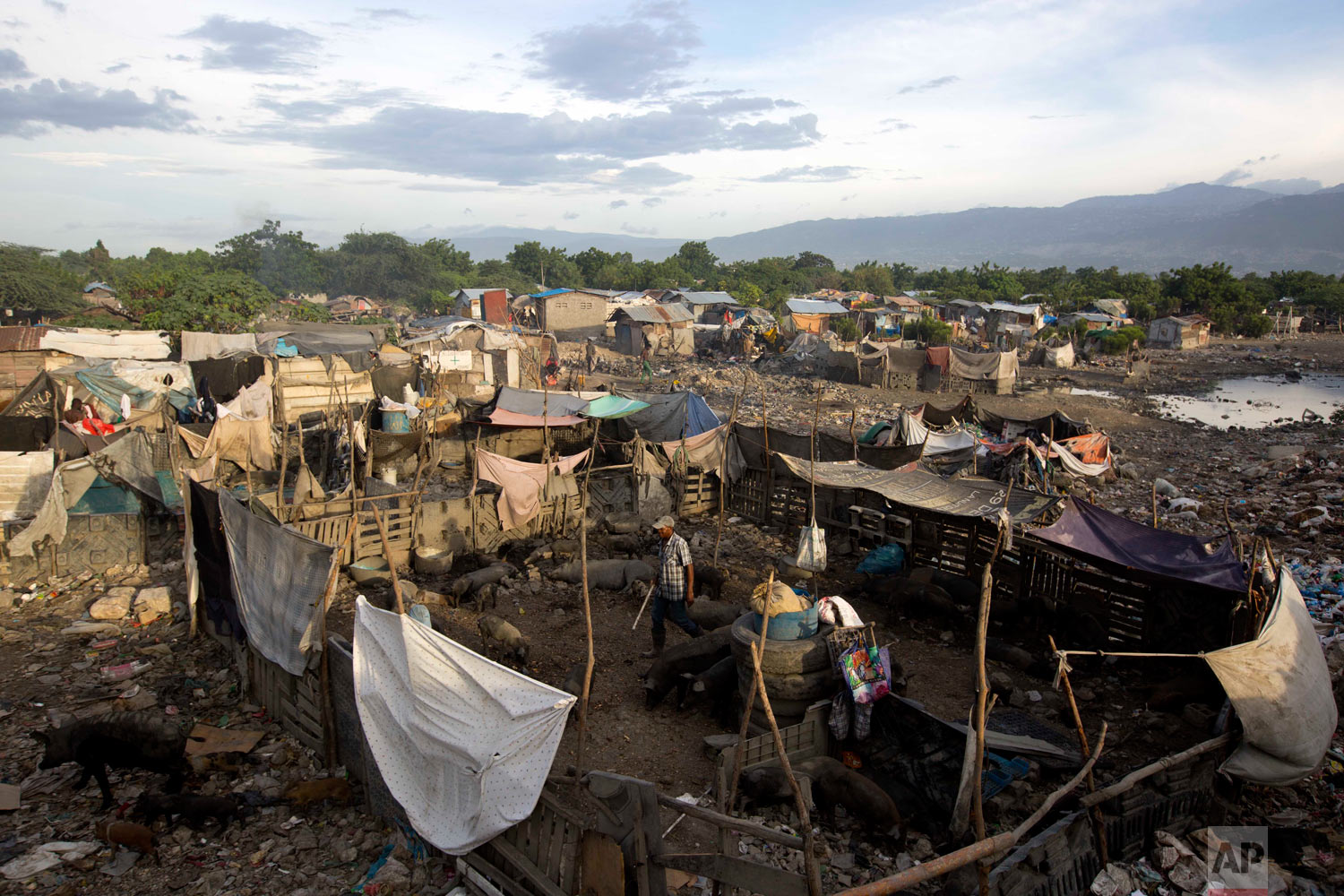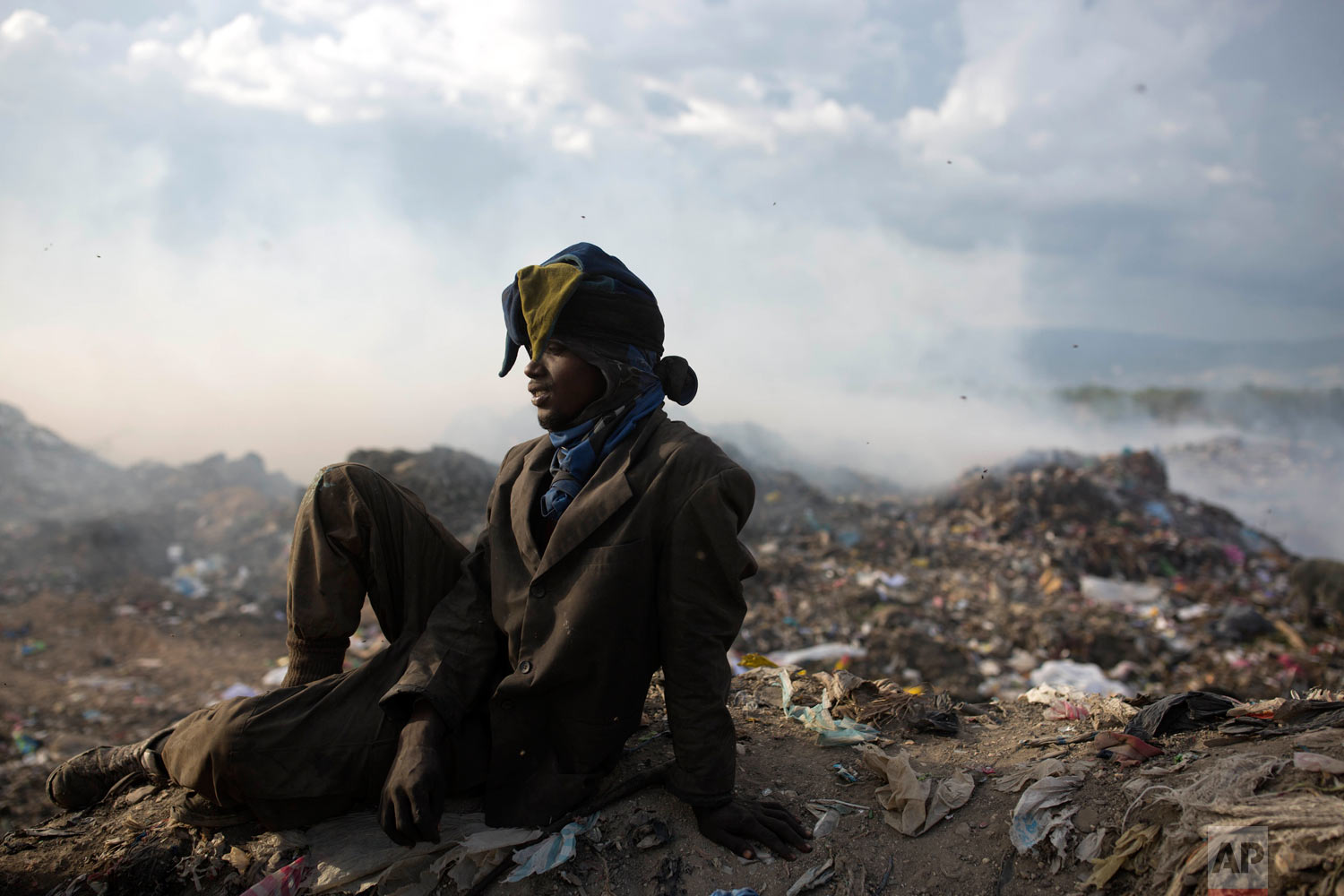Haitians scour the country’s largest trash dump

Changlair Aristide has made his living in a smoldering, hellish landscape, the stinking refuse of an impoverished land.
Like thousands of others, the father of nine survives by hunting for anything left of value in the Truitier landfill north of Cite Soleil, a notorious slum in Haiti’s capital.
Dump trucks roar 24 hours a day, leaving 100 ,000 tons of waste each month across 200 acres. Dark plumes of smoke fill the air as refuse is burned into ash. Violence flares as pickers fight for the most valuable hauls.
Desperation and misery dull any sense of optimism.
“It’s a hell on earth,” said Aristide, 36, who has been sorting through waste since 1994 and originally saw the work as a way to get rich in the Western Hemisphere’s poorest nation.
People run behind a truck soon to dump its load. Aug. 23, 2018. (AP Photo/Dieu Nalio Chery)
About 60 percent of Haiti’s nearly 10.5 million people struggle to live on about $2 a day or less, and a January report by the U.S. Agency for International Development said about half the country is undernourished.
From his earnings at the dump, Aristide bought two pigs and built a house made of corrugated steel just beyond the landfill’s edge, where he lives with his wife and three of his kids. Each day, he rummages through the waste for hours, often working into the night to fill a bag with materials that he sells nearby.
“I’m looking for all kind of items to sell to take care of my family because I don't want my children to follow me into this crappy job,” he said. “Sometimes God is with me. I’ve found good stuff in the trash like ham, cheese, milk, rice, bread, wine, champagne, toys.”
He’s also found clothes, marijuana and a handgun, which he sold to support his family.
Changlair Aristide stands with his wife Violene Mareus and daughters outside their home before leaving to play soccer. 9-year-old Changline stands at right. 3-year-old Belinda is held by her mother. 5-year-old Viergeline stands below. Aug. 29, 2018. (AP Photo/Dieu Nalio Chery)
But the risk of falling ill is ever-present.
The landfill, home to about 500 families, is the center of deadly cholera outbreaks when flat lands flood during the rainy season and become a breeding ground for disease-carrying mosquitoes. Poisonous waste decomposes into the soil, seeping into nearby water sources.
“We don't have a toilet here,” says Rene Phanor, a slum resident who also works for a local aid organization.
He and others say pickers often suffer from chronic respiratory illnesses, headaches and infections contracted from used syringes.
“We are living in an inhumane situation,” Phanor said, adding that there is no health clinic in the landfill settlement.
Still, the pickers have carved out their own community, sharing downtime chatting with friends or playing soccer.
Changlair Aristide jokes around as his wife Violene Mareus does her 9-year-old daughter Changline’s hair outside their home. Daughters Belinda, front left, and Viergeline stand in the doorway. Aug. 25, 2018. (AP Photo/Dieu Nalio Chery)
As the sun bore down on a recent day, vultures hovered overhead as pigs, cattle and goats fed on the trash.
One picker rested on a giant sack of plastic bottles as the smell of feces filled the air. Others ran barefoot amid Styrofoam lunch containers and plastic bags.
“We are the lowest of the low because of where we live and what we do,” said Aristide, who wore an old U.N. jacket that he found in trash and used a face mask to protect himself from a thick, greyish haze.
Before the ouster of former President Jean-Bertrand Aristide during a nationwide rebellion in 2004, he recalled having enough money to splurge on shoes, T-shirts and pants.
But he said that life in the trash had become more difficult as people began recycling, and he didn’t buy his kids anything new this school year.
“Life is like that, up and down,” Aristide said. “They’ll go to school anyway, even if I have to sell my pig. I love them.”
Text from the AP news story, AP Photos: Haitians scour the country’s largest trash dump, by Dieu Nalio Chery.
Photos by Dieu Nalio Chery




